With the right amount of nutrients, your garden can thrive and provide pounds of produce for the crop. Making homemade fertilizer might sound like an intimidating science experiment, but it’s a super easy way to save money by using things you have around the house.
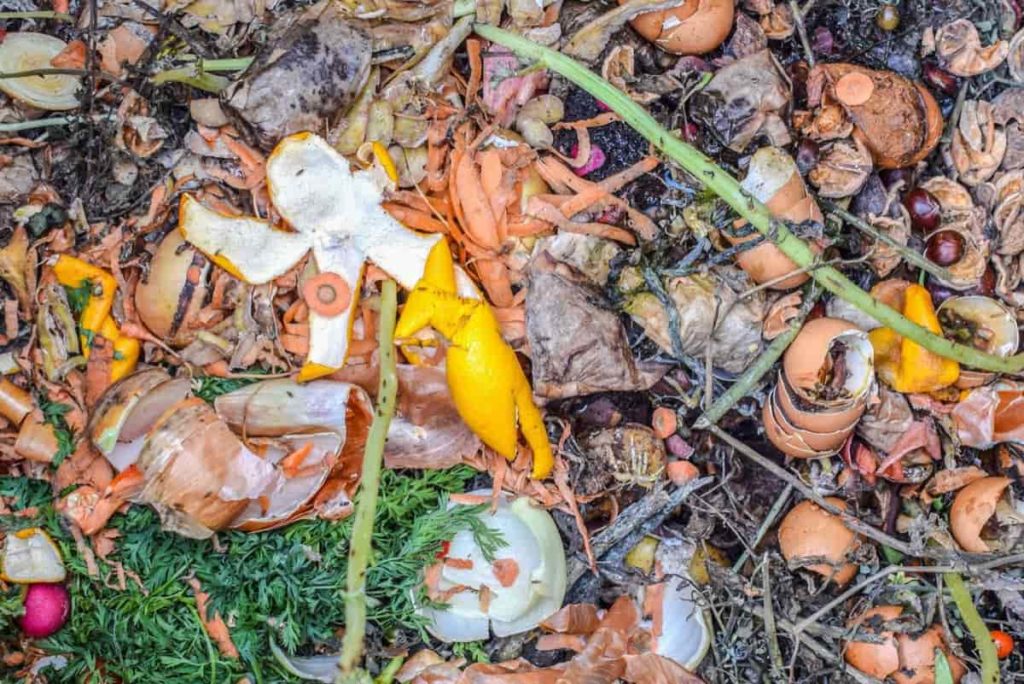
Nutrient availability in soil is influenced by several factors, including soil texture (loam, loamy sand, and silt loam), organic matter content, and pH. It means feeding your houseplants with homemade compost will deliver nutrients more slowly. The idea is that natural household fertilizers feed soil microorganisms instead of directly feeding plant roots.
A guide to understand homemade fertilizers for your garden/farm
What is the best homemade fertilizer?
Make these easy fertilizers at home using your kitchen ingredients. Most plants need three ingredients to survive – sunlight, water, and soil. There are many different natural garden fertilizers that you can use in your garden or with potting soil. Here are some favorite fertilizers for different needs;
- Coffee grounds are great for several vegetables and are high in nitrogen.
- Banana peels are rich in potash and phosphorus and are beneficial for tomatoes. Also, stuff banana peels into staghorn fern roots about once a month for a healthy and strong plant.
- Club soda (carbonated water) contains many nutrients, including carbon, oxygen, hydrogen, potassium, sulfur, phosphorus, and sodium. Make sure you let the water run flat before watering your plants.
- Aquarium water is bad for fish if it isn’t changed regularly, but the water you normally drain from your aquarium is very beneficial for your plants. Make sure it’s a freshwater tank, not a saltwater fish tank.
- Eggshells are high in calcium and should be sprinkled around your tomato plants.
- Used tea leaves are high amounts of calcium, nitrogen, and potash and should be sprinkled around your plants.
- Other homemade fertilizers are Grass clippings, Weeds, Kitchen scraps, Manure, Tree leaves, and Banana peels.
Which fertilizer makes plants grow faster?
- High-nitrogen fertilizers promote greater plant growth, which is why many varieties are enriched with nitrogen or include it as a major component.
- A nitrogen-rich fertilizer will also restore the bright green color of your plants. Care with water, air, light, soil nutrients, and the right temperature are the most basic to growing and growing plants.
- You can do many things to help vegetable plants grow faster, such as choosing the right fertilizer. By planning how you will feed your vegetable plants and what species to grow, you will be on your way to growing plants faster.
- The soil should contain adequate nitrogen, phosphorus, and potassium for vegetable plants. Adding them through fertilizers increases their content in the soil, helping your plant grow faster and providing essential and timely nutrients for solid stem uptake and growth. For vegetables, fertilizer is applied before planting, then again while the plants are actively growing.
In case you missed it: Homemade Fertilizer for Vegetable Garden – A Detailed Guide for Beginners
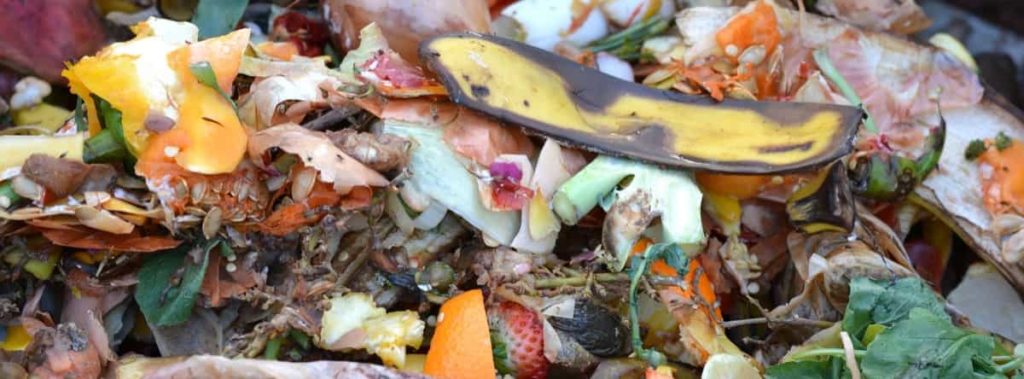
What are the benefits of using homemade fertilizers?
- More affordable: Commercial fertilizers, especially brand-name fertilizers, can be expensive. It increases again when considering more natural or organic commercial options. But, we shouldn’t compromise on health and safety to stay on budget.
- Safe and gentle: An important thing to remember about fertilizer application is that less is often more. It can be easy to over-fertilize the plants with chemical fertilizers, causing burns and damage to the plant. Homemade fertilizer often works with a more “slow release” approach, meaning there is much less chance of burning and damage.
- Environmentally friendly: Most of the ingredients used in home composts will often be organic and biodegradable. Plus, it’s always nice to know that you can reuse something to its full potential before throwing it away.
- Store-bought chemical fertilizers pack a large amount of synthetic nitrogen into their composition, which can harm or kill a healthy plant if used incorrectly. If your plants are overfed, the soil will become more acidic, and their roots will weaken. Over-fertilizing soil is also responsible for polluting clean groundwater and nearby rivers, streams, and lakes. Conscientious gardeners and plant lovers now choose to make their fertilizer at home. Homemade organic fertilizers break down and release nutrients into the soil over a long period. It protects the surrounding environment and gives the plants time to absorb the necessary nutrients.
Some other benefits of homemade fertilizers are;
- 100% organic
- No cost
- No Packaging
- No environmental impact from the manufacturing of chemicals and fertilizers
- No environmental impact from distribution of products and ingredients
- It’s an easy and satisfying way to create a more self-sufficient garden and home.
- They contain large amounts of beneficial soil organisms that commercial fertilizers lose during processing
- Nutrients are supplied directly to your plants and through improved microbial activity in the soil
- They help prevent soil and plant diseases.
What time do you apply fertilizers, and why?
- Apply fertilizing in the morning; you can take advantage of cool temperatures and less wind. As you spread the nutrients evenly throughout the topsoil, you water them without excessive evaporation or air loss, so essential nutrients reach the roots quickly and immediately stimulate absorption.
- Spring is the best time for fertilizer application because they start actively growing. Plants that grow quickly should be fertilized more frequently than plants that grow slowly.
- Dilute your fertilizer – It is better to fertilize less than more. If the potting mix lacks nutrients and you haven’t fertilized in a year or more, you can increase vigor by adding less water when diluting the fertilizer.
Should I feed my plants every time I water?
- You don’t want to use liquid nutrients every time you water—use them once every other watering or every two watering.
- It depends on your soil’s complexity and your plants’ health.
- Too many nutrients will harm your plants. Giving weed plants require careful monitoring to provide adequate amounts of nutrients.
In case you missed it: Fertilizer Management in Pomegranate Trees: Organic, Homemade, Liquid, NPK, Schedule, and Application
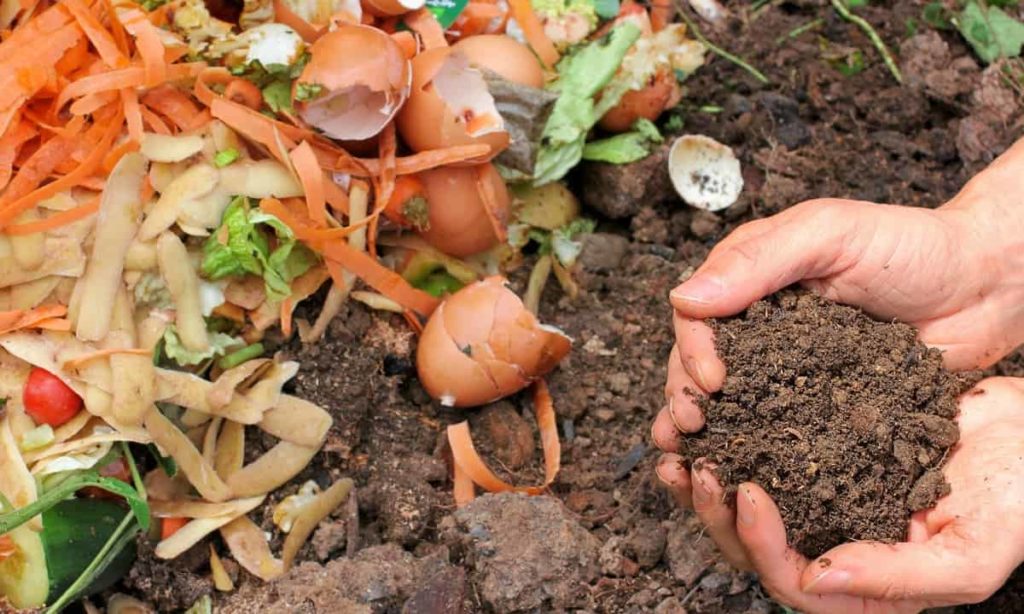
Why do indoor plants need fertilizer?
Houseplants need to be fertilized to provide nutrients for healthy growth. Regular feeding replenishes the potting soil with the minerals that indoor plants need. Fertilizing indoor plants is very important because, unlike outdoor plants, they do not have a supply of organic matter. Regular application of fertilizer ensures that your houseplants continue to grow healthily. Scientifically, fertilizer is different from plant food.
Most plants make their food by absorbing water and carbon dioxide. However, plants also need other nutrients found in the soil, such as nitrogen, phosphorus, and potassium. Fertilizers provide these nutrients to plants. Plants obtain their food during photosynthesis when they obtain energy from light and absorb water from the soil. They produce sugars that the plant uses for food.
Therefore, plants feed themselves by making their food. Plants need more than food to thrive. Fertilizing plants regularly ensures they receive essential macronutrients—nitrogen, phosphorus, and potassium—typically lacking in potting soil. Although plant food is not technically a fertilizer, most people use the terms interchangeably.
How long does fertilizer last in soil?
Most liquid fertilizers only stay in the soil for one to two weeks before they need to be reapplied. The exact time will change depending on the fertilizer type, but you must apply them every seven to fourteen days. Several factors determine how long compost stays in the soil. It is because different fertilizers are made from different chemicals and ingredients. Some of the factors that find how long fertilizer stays in the soil include:
- Whether the fertilizer is liquid or granular.
- The purpose of the fertilizer
- If the fertilizer is organic or not
What are natural fertilizers for plants?
Natural fertilizers rely on the plant, mineral, and animal sources for their nutrients. Common ingredients in natural fertilizers include bone meal, blood meal, fish meal, manure, greensand, rock phosphate, alfalfa meal, kelp, and compost. Natural houseplant fertilizers help keep your indoor plants healthy and thriving. There are many different items that you can use as natural plant fertilizers, and you probably already have some of them in your home.
Natural fertilizers work well because they add essential nutrients like potassium, nitrogen, calcium, magnesium, and phosphorus to the soil. Natural fertilizers break down slowly, so indoor plants will have a long-lasting supply of nutrients to help them grow.
What are the methods of applying fertilizer?
- Broadcasting
- Placement
- Starter solution
- Foliar application
- Application through irrigation water (fertigation)
- Injection into the soil
- Aerial application
Simply apply the fertilizer around the plant base, extending to the drip line. For vegetables, apply the compost in a strip parallel to the planting row.
How to make homemade fertilizer from waste?
Let’s start with the popular method of turning waste into fertilizer.
- Compost – Compost is simply decaying organic matter such as food scraps, clothing, paper, and some personal care products. It is a great method to improve garden soil and provide plant nutrients, and you may need to fertilize your garden.
- Aquarium water – Aquarium water contains nutrients (nitrogen, phosphorus, potassium, ammonia) and microorganisms from fish waste that plants can use. The fish tank is filled with rainwater and only has two fish, so the nutrients are diluted enough to go straight to my plants or soil. It is a great option for watering indoor potted plants.
- Wood ash – Wood ash from your fireplace, fire pit, or wood-fired oven is a good source of calcium (good for root growth), potassium, magnesium (important in photosynthesis), and other trace elements. However, the important elements nitrogen and sulfur are lost as gases during burning, so it is not a complete fertilizer.
In case you missed it: Fertilizer Management in Guava Trees – Organic, Liquid, Natural, NPK, and Homemade
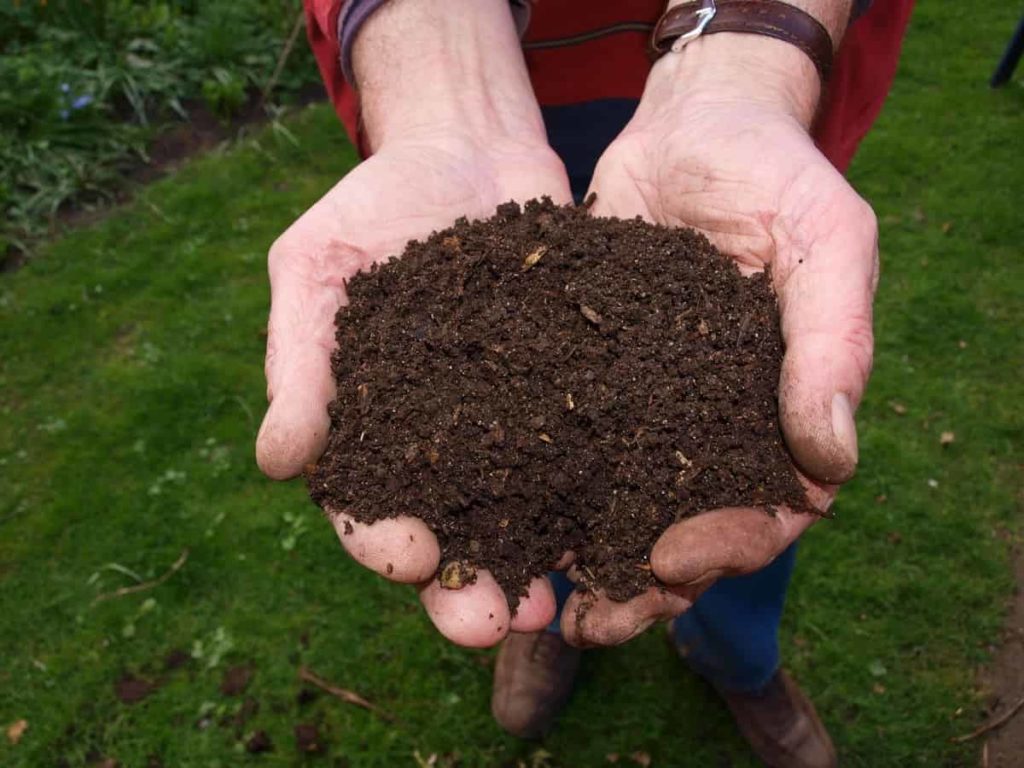
How to create homemade organic compost?
Homemade compost is an excellent natural fertilizer with beneficial nutrients for your plants. Plus, you’ll never run out of food scraps as long as you have food scraps to get rid of. But unless you want to befriend a family of local raccoons, you’ll need to use some sort of home compost bin to stash food scraps while you wait for natural microbes to break down those items.
If you have an outdoor space to build your compost pile, throw your fruit and vegetable scraps, used coffee grounds, banana peels, and tea bags into weather- and critter-proof bin. Every 2-3 weeks, break up the compost by sprinkling water and turning it with a shovel. After 2-12 months, your compost bin will have dark, crumbly, micro-organism-rich soil that your plants will love. All plants can benefit from this excellent source of plant food.
What is the best homemade fertilizer for indoor plants?
Here are some easy homemade fertilizer options that will naturally give your houseplants:
- Crushed eggshells to reduce acidity and add calcium
- Banana peels to add potassium
- Used coffee grounds to add nitrogen
- Green tea to acidify the soil
- Molasses add macronutrients like carbon, iron, sulfur, etc.
- Epsom salts to add magnesium and sulfur
- Wood ash to increase soil alkalinity
- Gelatin powder to increase nitrogen
- Cooking water is used for normal feeding of essential nutrients
- Corn gluten meal for extra nitrogen
What are the 5 major steps in preparing organic fertilizer?
Easy organic fertilizers make at home using everyday ingredients, so you can feed your plants naturally and grow lots of food. Feeding your plants is important because they use the nutrients in the soil to grow and produce food. Here is a step process you can follow:
- Step 1: Add kitchen waste to the container
- Step 2: Add the browns
- Step 3: Arrange the microbes
- Step 4: Provide oxygen
- Step 5: Layering
What is home fertilizer called?
Natural fertilizer, also known as organic fertilizer, is an organic substance added to the soil that contains important plant nutrients, such as nitrogen, phosphorus, and potassium. Simple and chemical-free alternatives are readily available and can be used as plant food and flower food. While making your organic plant food can also be hassle-free and fun. The first step is good soil. To achieve this, you will need good fertilizer.
Composting is easy and can be done at home using lawn clippings and leftover food scraps. It’s almost cost-free. In addition to good soil, the key to a successful garden is essential nutrients. Nitrogen, phosphorus, potassium, magnesium, sulfur, and calcium are just a few nutrients that plants need to survive. Basic knowledge of fertilizers is essential if you strive for productive plants. All fertilizers fall into two classes: natural/organic or chemical/synthetic.
How can you make vinegar fertilizer?
- Mix about 1 tablespoon of white vinegar and water. Use the solution to water your plants and repeat every three months.
- It works as the acetic acid in the vinegar increases the soil’s acidity – just for acid-loving plants.
- It has been said that one main benefit of vinegar in the garden is as a fertilizing agent. Acetic acid has only carbon, hydrogen, and oxygen – things the plant can get from the air. Vinegar is recommended to raise the soil pH level.
How do you make homemade liquid fertilizer at home?
Start with compost in a bucket, then add water and a lid. Make sure the bucket is not tightly closed. Dilute it to a ratio of one to ten and use this mixture in an organic garden. Calcium is an important nutrient in your plant’s ability to make new cells and overall plant growth. Eggshells are high in calcium. They have trace elements like nitrogen, zinc, and phosphoric acid. Be sure to wash your shells before use or storage to reduce the chance of mold.
In case you missed it: Best Fertilizer for Olive Trees: Organic, Homemade, Compost, Natural, NPK, How and When to Apply
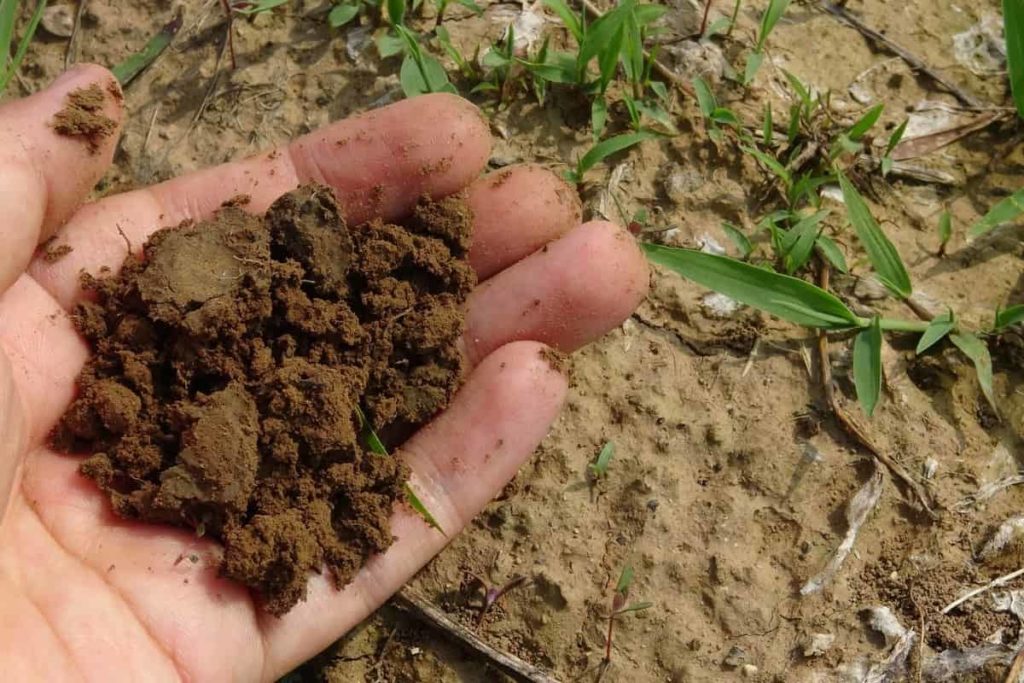
The easiest way is to store your eggshells in the freezer as houseplant fertilizer until you have about a carton’s worth. Once you have enough shells, you can easily crush them with a rolling pin and use a coffee grinder to make shell powder. You can either mix some eggshells into the soil when you put your plant or add them to the soil surface of an existing plant. Remember to avoid working the soil too deeply with an existing plant, making sure not to damage the roots.
Is baking soda good for housing plants?
- Baking soda does no apparent harm to housing plants and, in some cases, can help prevent fungal spores from blooming.
- It is effective on the vine or stems of vegetables, but regular fertilizer application during spring can reduce pests and diseases.
- Baking soda helps plants become less acidic and prevents fungal growth.
What household products help plants grow?
- Hair
- White vinegar
- Banana peels
- Eggshells
- Ashes
- Coconut
- Coffee
- Potato water
How do you make simple liquid fertilizer?
Place four tablespoons of processed poultry or mixed dry organic manure in a quart jar and fill with lukewarm water. Add liquid and then dilute with water to desired strength. These products are absorbed into plants through their roots and leaves. Liquid fertilizers supply all three nutrients (nitrogen, phosphorus, and potassium) in small amounts and contain many nutrients, vitamins, and amino acids.
Nutrients in liquid fertilizers are more quickly available for plant use than in granular fertilizers. However, nutrients are available for a very short time. Liquid fertilizers can be made from a combination of ingredients or contain only one ingredient. Liquid plant food is easy to apply and control. You must dilute to the proper strength and fertilize your plants when needed. Choosing liquid fertilizers means you can stop fertilization during the dormant winter months.
Liquid fertilizer or plant food is any form of ‘drink’ you give your plants. Just like us, plants need food to survive. They may not need these things as much as we do to sustain growth and survive – but the basic principles remain the same. Liquid fertilizers are formulated to give plants what they need. It will act as a delivery system to deliver nutrients to plants through their leaves, as plant food, or the soil and plant roots.
Is coffee grounds a good fertilizer?
Coffee grounds make excellent fertilizers because they contain many important nutrients for plant growth. They can also help attract insects and reduce the concentration of heavy metals in the soil. Coffee grounds are great for garden plants and can add nutrients to your plants while building healthy soil. The coffee grounds used (filtered through water) are almost pH neutral. Although brown, they are rich in nitrogen, so coffee grounds are classified as “green” when fertilizing them. There are several ways to incorporate coffee grounds into your garden.
You can add them directly to your compost, sprinkle them around your plants or dilute them with water for liquid fertilizer. Also, these are great for natural pest management and can keep many unwanted pests away from your delicate plants. These can deter cats if you have a problem with cats in your garden. To make liquid compost from coffee grounds, add a cup of used coffee grounds to one bucket of water and sit for a day or so. Then apply liquid fertilizer to feed your growing plants.
In case you missed it: Top Vermicompost Companies in India: List and Best
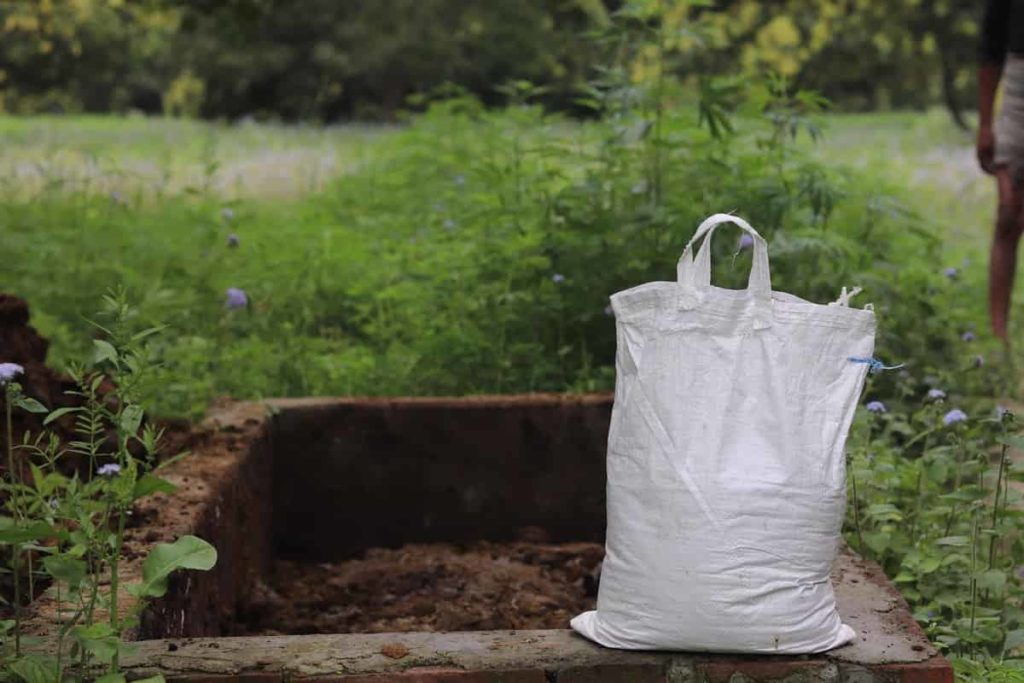
Are banana peels good for all plants?
- Banana peels contain many nutrients, including potassium, phosphorus, magnesium, and calcium, essential for good plant growth.
- Banana peels provide the soil with a healthy amount of potassium, which is especially helpful in growing vegetables.
- You can also cut banana peels and add them to the soil surface, often used outdoors.
- Banana peels are usually composted or thrown in the trash, but they are a rich source of potassium and contain small amounts of nitrogen, phosphorus, and magnesium.
- Banana peels are an ideal slow-release natural houseplant fertilizer, and there are a few ways to use them.
- You can place the banana peel directly on the potting soil or cover it with a little soil to reduce the smell as it breaks down.
- You can also cut the peels into small pieces and mix them into the soil before planting a new plant, or mix the peels with water to make a nutrient-rich natural liquid fertilizer for your plants.
Is Epsom salt good for plants?
- Epsom salt – magnesium sulfate – helps seeds germinate, makes plants bushier, produces more flowers, increases chlorophyll production, and deters pests.
- It also provides important nutrients to complement your regular compost.
Is rice a good fertilizer?
The resulting rice water can be used as a fertilizer to help feed the plant’s roots and increase crop production, making it stronger, healthier, and more resistant to disease. It contains small amounts of starch, NPK, nitrogen, phosphorus, and potassium. All these are essential for plant health and growth.
Nitrogen is good for growing leaves and vegetables, but if your soil is too high in nitrogen, you’ll get all leaves and no real fruit or vegetables. Phosphorus is good for cell growth, so it is essential for plants. Potassium is great for promoting plant growth. As your plants grow, they will use different levels of each, so it is important to top up with fertilizers.
Rice water is low in NPK, so you don’t have to worry about over-fertilizing, and it helps you build healthier soil while minimizing waste. Make sure you don’t add salt to the water, or it won’t be suitable for your plants. It is also important to ensure the water has cooled completely first. Use rice water when making it fresh because it does not store well.
How can I make nitrogen-rich fertilizer at home?
1. Urea and Grass – This is the easiest fertilizer to make at home, and both these ingredients are readily available: grass and urine. Urine is an overlooked source of nutrients that are often wasted. Don’t throw away your grass clippings either – they’re a good nitrogen source, with an NPK ratio of 4:2:1.
Fill a 5-gallon bucket with grass clippings and fill the bucket with water and leave for three days. Mix about 1/4 cup of Epsom salt with two cups of urine. Add it to the grass clippings covered in water. Strain the liquid and then dilute it by half with water. Then, pour into a bottle, ready to apply to the soil for plant growth.
2. Add 2 cups of used coffee grounds to about 5 gallons of water. Leave overnight, bottle the liquid and add to the soil or spray on your plant’s leaves. For plants that prefer less acidity, use decaffeinated coffee grounds.
- Types of Pesticides Used in Agriculture: A Beginner’s Guide
- Economical Aquaculture: A Guide to Low-Budget Fish Farming
- 15 Common Planting Errors That Can Doom Your Fruit Trees
- How to Make Houseplants Bushy: Effective Tips and Ideas
- Innovative Strategies for Boosting Coconut Pollination and Yield
- Pollination Strategies for Maximum Pumpkin Yield
- The Complete Guide to Chicken Fattening: Strategies for Maximum Growth
- Natural Solutions for Tulip Problems: 100% Effective Remedies for Leaf and Bulb-Related Issues
- Revolutionizing Citrus Preservation: Towards a Healthier, Greener Future
- Natural Solutions for Peony Leaf and Flower Problems: 100% Effective Remedies
- Maximizing Profits with Avocado Contract Farming in India: A Comprehensive Guide
- Natural Solutions for Hydrangea Problems: 100% Effective Remedies for Leaf and Flowers
- The Ultimate Guide to Choosing the Perfect Foliage Friend: Bringing Life Indoors
- From Sunlight to Sustainability: 15 Ways to Use Solar Technology in Agriculture
- The Ultimate Guide to Dong Tao Chicken: Exploring from History to Raising
- The Eco-Friendly Makeover: How to Convert Your Unused Swimming Pool into a Fish Pond
- Mastering the Art of Delaware Chicken Farming: Essentials for Healthy Backyard Flocks
- 20 Best Homemade Fertilizers for Money Plant: DIY Recipes and Application Methods
- How to Craft a Comprehensive Free-Range Chicken Farming Business Plan
- Brighten Your Flock: Raising Easter Egger Chickens for Beauty and Bounty
- How to Optimize Your Poultry Egg Farm Business Plan with These Strategies
- Subsidy for Spirulina Cultivation: How Indian Government Schemes Encouraging Spirulina Farmers
- Ultimate Guide to Raising Dominique Chickens: Breeding, Feeding, Egg-Production, and Care
- Mastering the Art of Raising Jersey Giant Chickens: Care, Feeding, and More
- Ultimate Guide to Raising Legbar Chickens: Breeding, Farming Practices, Diet, Egg-Production
- How to Raise Welsummer Chickens: A Comprehensive Guide for Beginners
- How to Protect Indoor Plants in Winter: A Comprehensive Guide
- Ultimate Guide to Grow Bag Gardening: Tips, Tricks, and Planting Ideas for Urban Gardeners
- Guide to Lotus Cultivation: How to Propagate, Plant, Grow, Care, Cost, and Profit
- Agriculture Drone Subsidy Scheme: Government Kisan Subsidy, License, and How to Apply Online
- Ultimate Guide to Raising Araucana Chickens: Breed Profile, Farming Economics, Diet, and Care
- Bringing Hydroponics to Classroom: Importance, Benefits of Learning for School Students
- Ultimate Guide to Raising Polish Chickens: Breed Profile, Farming Economics, Diet, and Care
- Ultimate Guide to Raising Australorp Chickens: Profile, Farming Economics, Egg Production, Diet, and Care
- Silkie Chicken Farming: Raising Practices, Varieties, Egg Production, Diet, and Care
- Sussex Chicken Farming: Raising Practices, Varieties, Egg Production, Diet and Care